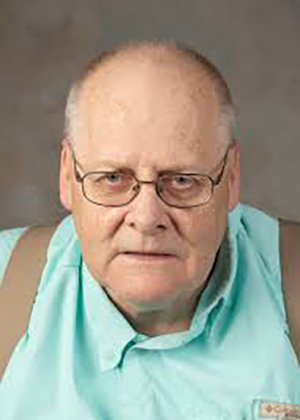By Greg Markley
Snake River Canyon, Idaho– September 8, 1974. My cousin Jane’s wedding to her boyfriend John was held at the lovely 18th century chapel at Brown University, in Rhode Island. We traveled off-campus for the reception. For me, a cousin’s wedding and becoming 18 that May might have sufficed. But Evel Knievel was definitely on our minds. Boy was he!
Yesterday was September 8, 2020. I recently returned from the site of daredevil Knievel’s 1974 attempt to cross the Snake River Canyon in a rocket-powered motorcycle. He was at peak popularity as a courageous self-promoter. Last week at an Idaho visitor’s center I saw a “premier” ticket to the stunt, which cost $25; Knievel earned $6 million for his efforts.
At the 1974 reception, only a few people did not go to the bar to watch Knievel’s attempt on TV; even fewer did not want an update. Finally, the rocket lifted off, but the parachute opened early. Knievel said later that he might have drowned, due to a harness malfunction keeping him strapped in the vehicle. He had minor physical injuries. Cynics claimed Knievel set off the chute on purpose, but he said, “No!” He felt cheated by the short ride—but he kept the $6 million!
Closer to home, many students recently started the Fall 2020 term at Auburn University, Southern Union and other post-secondary schools. Especially if in the 18-30 age bracket, most of them may enjoy taking personal or professional risks. But it’s advisable to evaluate the downsides of a risk as much or even more than the upsides.
You may have heard the term “calculated risk.” Writingexplained.org defines it as “A chance that is taken after a careful estimation of the possible outcomes. People use this expression when the possible gain is worth more than what will be lost if the action fails.”
Sometimes we have scant time to determine if a risk is worth it. In 1981 my friend Kieth and I were riding on the winding Transmountain Road in El Paso, TX. Keith said to me suddenly, “Have you ever ridden in a car at 95 miles per hour, downhill?” I said, “No, why?” He said “Well, we are doing that now!”
A more sensible risk occurred when I was driving the Autobahn, or federal motorway, in what was then West Germany. I knew European vehicles can get behind you fast with very high speeds. Though the reunited Germany has general limits now, in the past a driver had to be prepared to hit 100 mph on occasion. Unlike what is typical in the United States, once a driver passes someone slower, they usually return to their normal lane.
The phrase “calculated risk” originated in World War II. Military leaders would weigh all factors to predict the likelihood a military action would have of failure. Conversely, they would measure those estimates against possible rewards if the mission were to succeed. Famed aviator Gen. Jimmy Doolittle was great at this, leading his pilots to triumph after triumph.
Although the spotlight shone on the Snake River during Evel Knievel’s day, risk-taking there survives with “base jumpers” who take their chances differently with their parachuting. The I. B. Perrine Bridge is the most famous such structure in Idaho and is said to be the only manmade place in the U.S. where BASE jumping is allowed year-round without a permit.
“BASE” is an acronym for four categories of fixed objects from which one can jump: building, antenna, span, and earth. The Perrine spans 993 feet between springings and is the 4th highest arch bridge in North America. The Perrine is called the Potato Bridge, after one of Idaho’s top crops. Its 48-story drop is exciting for BASE jumpers the world over.
High bridges are the safest of the BASE categories to jump from but four deaths have occurred since 2002. In 2019, a veteran risk-taker from California died at age 38 when he opened his parachute too late. His newlywed wife joined him on the Idaho jump; she survived.
Sept. 8, 2020. Evel Knievel failed on his Snake River jump in 1974 yet remained a successful showman. He died at age 69, in 2007; nine months after being baptized as a Christian. In 2016, Eddie Braun, a movie stuntman and childhood fan of Knievel, successfully crossed the Snake River in a rocket. His attempt was less showmanship and more workmanship.
The college student who kept abreast of Knievel’s jump at the 1974 wedding reception became a journalist in Alabama. His newly-married cousin and her husband never prematurely released a “parachute”: they are wed 46 years now. Taking risks still has pros and cons. Often it is best to be more calculated than cavalier. Be spontaneous but not beyond reason.
Greg Markley has lived in Lee County for 20 of the past 24 years. An award-winning journalist, he has Master’s degrees in education and history. He taught political science as an adjunct in Georgia and Alabama.

